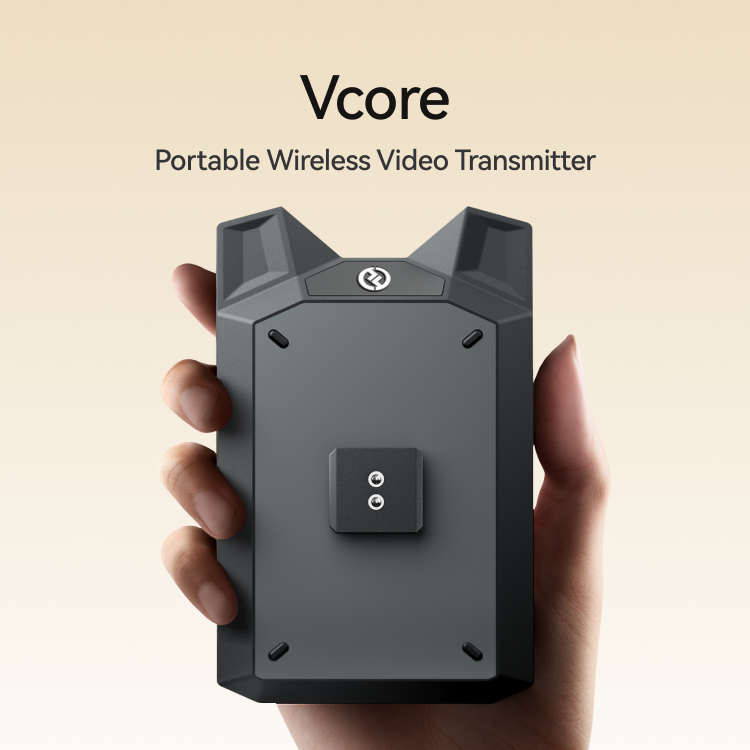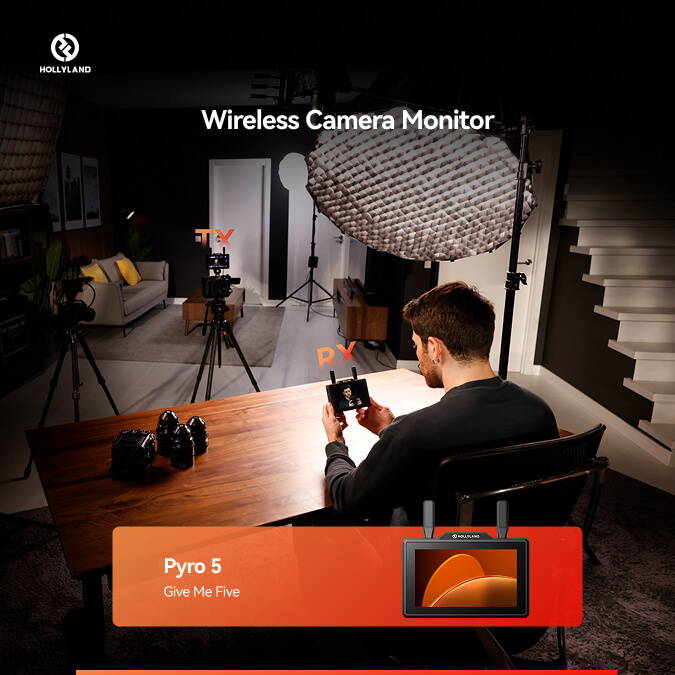Exceptional audio quality without investing in the right tool? That’s a big bet! Brands are continuously working and modifying the features of microphones. Why so? Just to get ahead of the competition. So, in all this race, it can be a bit challenging to opt for a studio-grade mic. But that’s where this article comes to the rescue.
We have crafted this guide to help you pick the best professional condenser microphone. Our list shows 5 famous pro-level mics along with their star features and specifications, so you can pick the right one that serves your audio recording needs.
List of the 5 Professional Condenser Mics in 2025 Best for Singing and Streaming
1. Neumann U 89 i
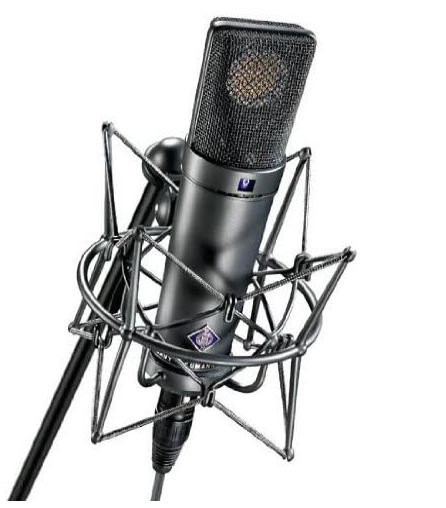
Need a premium condenser mic? Here’s Neumann U 89 i with all amazing features. It’s a popular pick for those who seek clear sound and smooth performance. This mic contains a large diaphragm and a pressure gradient design. That helps it capture vocals and instruments with detail. Moreover, U 89 i works well for both music and voice projects. With a wide frequency range of 20 Hz to 20 kHz, you can count on it for taking care of deep lows and sharp highs without a hitch.
The microphone is also sensitive and strong at the same time. It gives an output of 8 mV/Pa at 1 kHz. Even with loud sounds, it stays clean and clear. It can handle up to 134 dB SPL without issues. If needed, turn on the 6 dB pad, and it takes up to 140 dB. So does that make it great for drums, amps, and live setups as well? Certainly, yes! What’s more? You can enjoy noise-free and crispy audio with its 77 dB signal-to-noise ratio.
There are 5 polar patterns to choose from. These include cardioid and wide cardioid, omnidirectional, and figure-8, as well as hypercardioid. Switching between them helps control the sound field. This flexibility is useful in many studio situations. Its self-noise is low at just 17 dB-A.
2. Audio-Technica AT4050
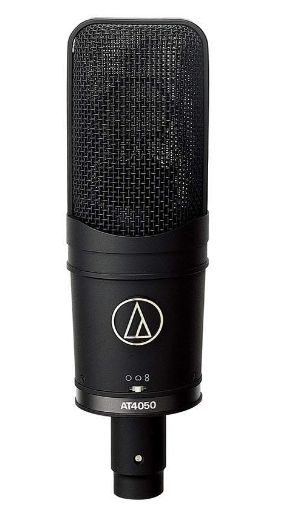
The Audio-Technica AT4050 is another multi-pattern mic we share in this list. It offers reliable audio quality for studio sessions of all kinds. This mic uses a dual-diaphragm capsule for extra accuracy. That helps provide a clean tone across all frequencies, ranging from 20Hz to 18kHz. Therefore, you can expect rich sounds made of smooth highs and strong lows.
On the other hand, this mic has a gold-coated diaphragm that’s only 2 microns thin. This part goes through a special aging process to keep its tone stable over time. The mic offers three pickup patterns to fit different recording needs. And as established earlier, you can switch between different patterns, such as cardioid, figure-8, and omnidirectional. This makes it great for solo singers, instruments, or even groups.
Its sensitivity sits at -36 dB, which picks up subtle details. Additionally, its transformerless design gives fast response and low distortion. There is also a 10 dB pad and an 80 Hz filter. These tools help when recording loud sounds or removing low-end rumble. With the pad on, it handles up to 159 dB SPL. That means it can take a lot of volume with no problem. Plus, the signal stays clean with a 77 dB ratio and low noise.
3. AKG C414 XLII
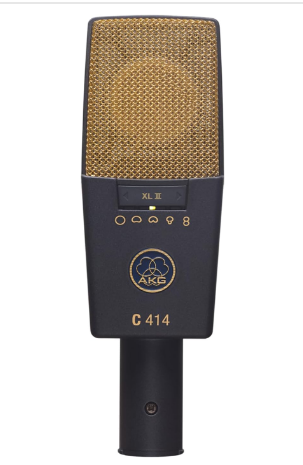
The AKG C414 XLII is built for clear, detailed sound. It works well in studios and also holds up on stage. Thanks to its large diaphragm, it captures vocals and instruments with accuracy. Everything sounds natural and full of life.
What makes it really special is its flexibility. There are 9 polar patterns to pick from. You get cardioid, figure-8, omnidirectional, hypercardioid, and more. This means you can shape the sound pickup to match your space. Use it for singing, strings, horns, or piano with great results.
The mic covers a full range from 20 Hz to 20 kHz. It picks up deep lows and sharp highs with ease. With a sensitivity of 23 mV/Pa, it catches even soft sounds. Its self-noise is super low at just 6 dB-A. That keeps your recordings clean and clear.
4. Sennheiser e 965
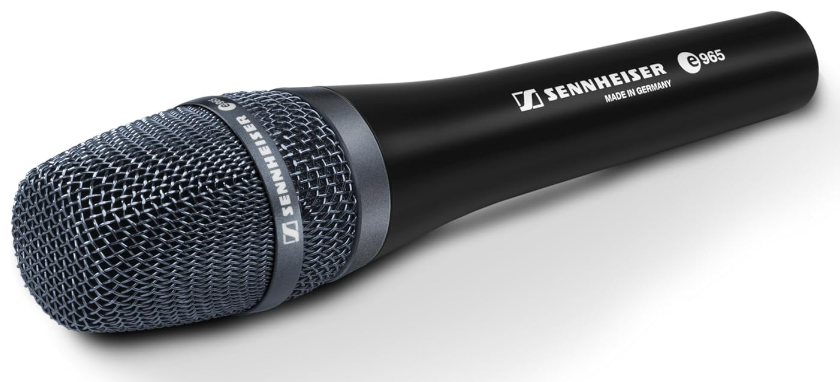
The Sennheiser e 965 is built for serious sound lovers. It looks like a stage mic but works like a studio beast. This hand-held beauty comes with dual large diaphragms. That means it captures sound with sweet detail and smooth tone.
Its frequency range goes from 40 Hz to 20 kHz. So it grabs deep lows and bright highs with no sweat. Whether it’s a live show or a studio gig, it performs like a champ. With the -10 dB pad on, it handles up to 152 dB SPL. Loud singers or wild instruments won’t scare this mic.
You can also switch between cardioid and super-cardioid patterns. That’s perfect for noisy rooms or picky setups. The low-cut filter keeps the rumble out and the clarity in. Less background junk, more focus on the good stuff.
Built like a tank but with style, it comes with a shock mount. That cuts down on those pesky handling noises. Moisture? No problem. It stays dry and ready to roll. Thanks to its 3-pin XLR connection, sound stays steady and clean.
The signal-to-noise ratio sits at 88 dB. That means no fuzz, just crisp audio. You also get some handy tools built in. It has LED peak lights for overload warnings. There are switchable pads and bass filters for tough setups. The XLR output is balanced and very solid. This mic is ready for any pro audio job.
5. RODE NT1 Signature Series
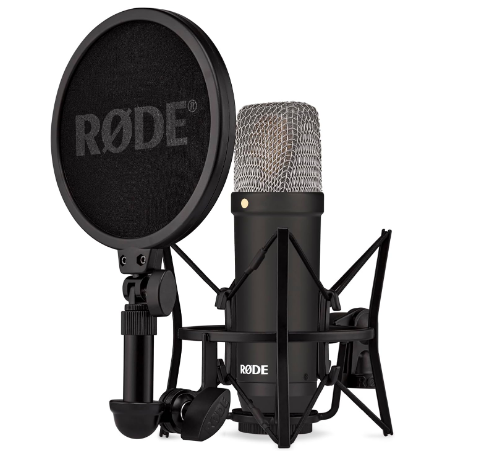
Need a bit less expensive condenser mic but not falling for ordinary equipment? Check out the RODE NT1 Signature Series! It’s built for serious studio sessions where every detail counts. With its 1-inch large diaphragm capsule, it delivers rich sound that feels warm and smooth. Vocals come out clean, and instruments sound just right.
This mic uses a cardioid pickup pattern to stay focused. It picks what’s in front and ignores the chaos behind. Perfect for recording in rooms that aren’t exactly silent. Its frequency response runs from 20Hz to 20kHz. That means it covers deep lows, bright highs, and everything in between.
The sensitivity is nice and high at -32 dB. But the real magic is the super low self-noise of 4 dBA. Whisper a word, and it still sounds sharp and clear. No annoying hiss creeping into your take. It also handles loud stuff like a champ. With support for up to 142 dB SPL, drums and amps don’t scare it one bit.
Power it with standard 48V phantom power, and you’re good to go. It connects with a regular 3-pin XLR cable, so setup is simple. From vocals to guitars, this mic brings brilliant and lifelike vocals.
Pro Tip: Professional condenser microphones offer exceptional audio quality. However, you should be ready to face the consequences that come with it. Distorted sounds and self-noise are a few of the drawbacks that may require fixes now and then. That’s why pro creators use wireless microphone kits, like the Hollyland Lark Max, as they save time and capture crystal-clear audio.
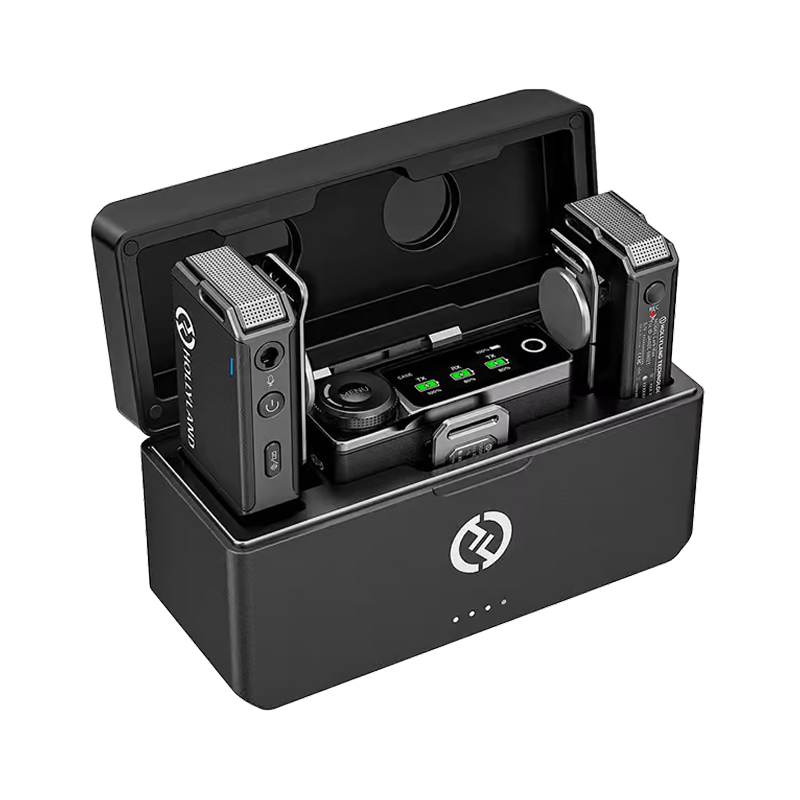
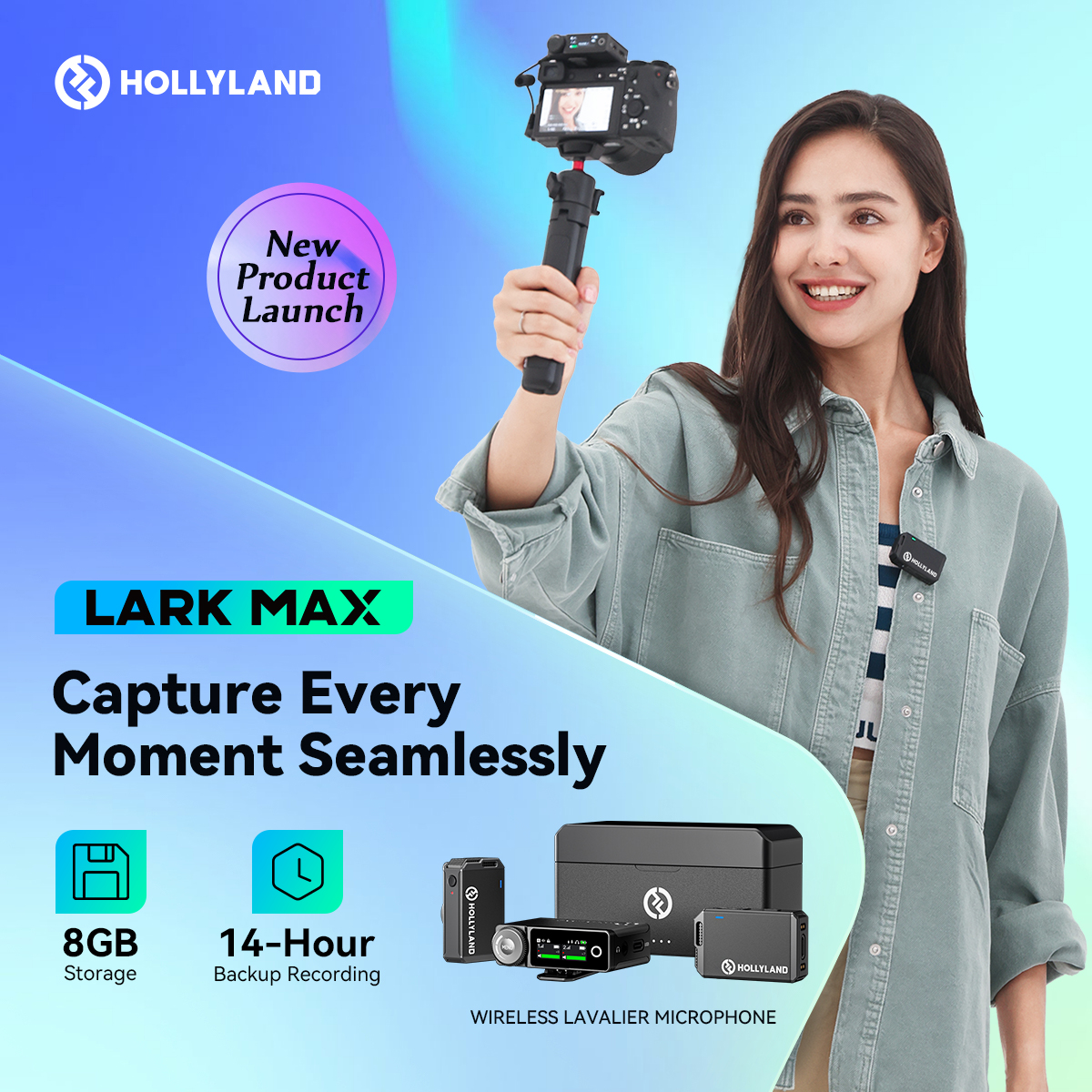
Hollyland LARK MAX - Professional Wireless Microphone
A professional wireless microphone system featuring studio-quality audio with advanced noise cancellation.
Key Features: Studio-Quality Audio | Magnetic Attachment | 8GB Internal Recording
Despite not being a condenser mic, Lark Max’s omnidirectional microphones ensure recording studio-quality audio up to 820ft wireless range. Thanks to the MaxTimbre technology, which lets you capture high-quality sound. Moreover, it can be used as an individual recorder since the transmitter (TX) units also work as recorders with built-in 8GB storage.
Conclusion
Choosing professional condenser microphones involves balancing budget and sound preferences. Some prefer premium models such as Neumann U 89 i. Others choose the Audio-Technica AT4050 for similar reasons. These options deliver outstanding clarity for demanding projects. Meanwhile, many users favor a flexible choice like the AKG C414 XLII. It adapts easily across a variety of recording scenarios.
In contrast, for live vocals, the Sennheiser e 965 excels when handheld. Additionally, a cost-effective alternative appears in the RODE NT1 Signature Series. This model provides consistently excellent performance without overspending. Each microphone meets unique demands for recording or live shows. That ultimately guides you towards the right choice.
Frequently Asked Questions about Professional Condenser Microphones
Q1. What exactly is a professional condenser microphone design?
A condenser mic contains a conductive membrane before a static backplate that is thin in size. When sound waves travel and hit the diaphragm, it vibrates. Therefore, creating pressure differences. Then the microphone converts these pressure changes into an audio signal. This process ensures accurate and detailed sound capture for recordings. Such a design is valued in studio and broadcast settings. It requires stable power from built-in or phantom sources.
Q2. Which microphones rank as the most professional studio options?
Several top microphones suit professional recording needs across genres. The RODE NT1 excels as the overall best vocal mic. And for those seeking premium quality, the AKG C414 XLII can be a reliable option. Finally, the Audio Technica AT2020 offers excellent value for vocals.
Q3. Do condenser microphones really deliver superior sound quality?
Condenser microphones capture a wider frequency range than dynamic mics. They reveal more subtle details in vocals and instruments. Therefore, they excel in studio settings where clarity matters most. However, performance depends on the recording environment and intended use. Choosing between a condenser and a dynamic involves sound quality trade-offs. Condenser design suits controlled acoustic recording spaces best.
Q4. What key advantages come from using condenser microphones?
The low mass diaphragm of a condenser mic delivers detailed tonal accuracy. As a result, it captures subtle audio nuances with precision. Furthermore, its high sensitivity excels at picking up vocal performances. It also reproduces frequencies at higher ranges with clarity. These qualities suit studio work and critical sound capture. Consequently, condenser microphones are preferred in professional recording contexts. Their design yields consistent and transparent sound reproduction.
Q5. Do condenser microphones always require an external amplifier?
A condenser microphone includes a built-in preamplifier as standard. This internal preamp cannot be separated from the microphone design. Therefore, it always requires power to operate correctly. The exception appears in models made for wireless transmitters. In such cases, the preamplifier is removed for external use. Most condenser mics rely on phantom or battery power sources. This integration simplifies setup for professional studio recordings.
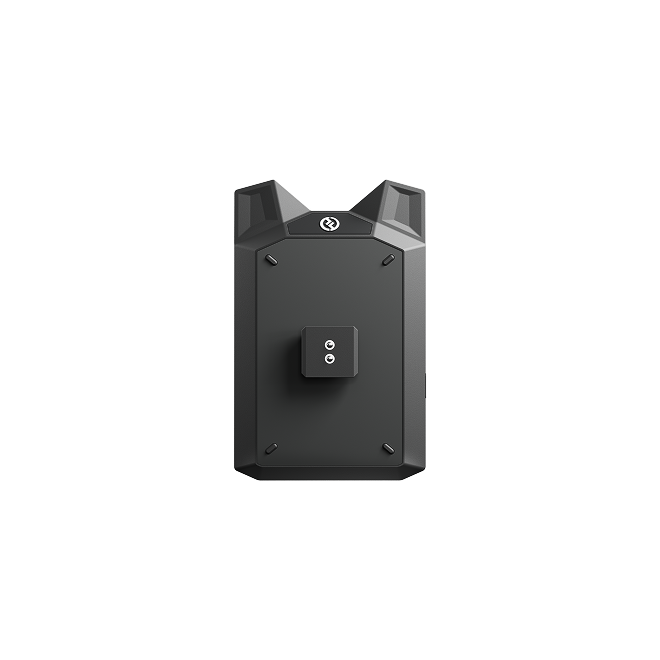

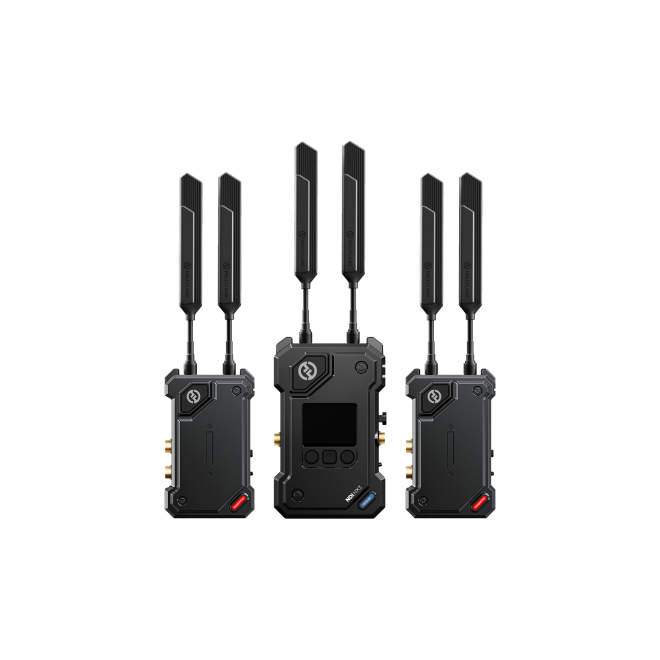
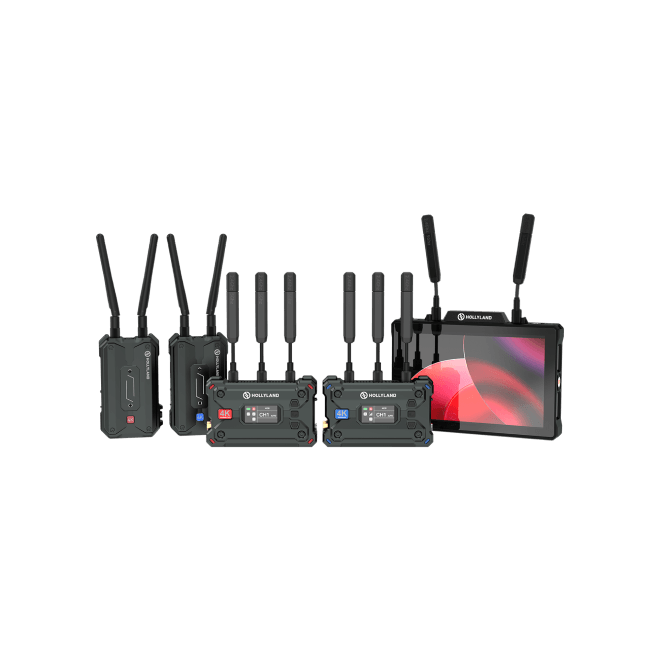
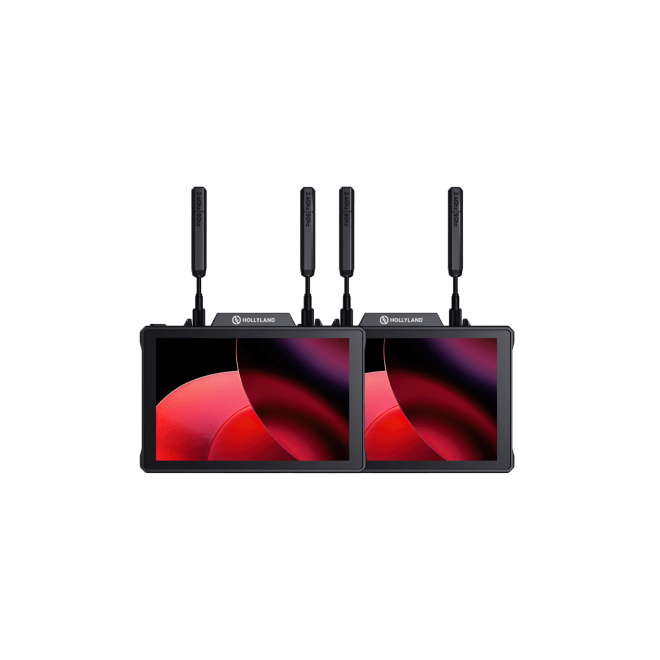
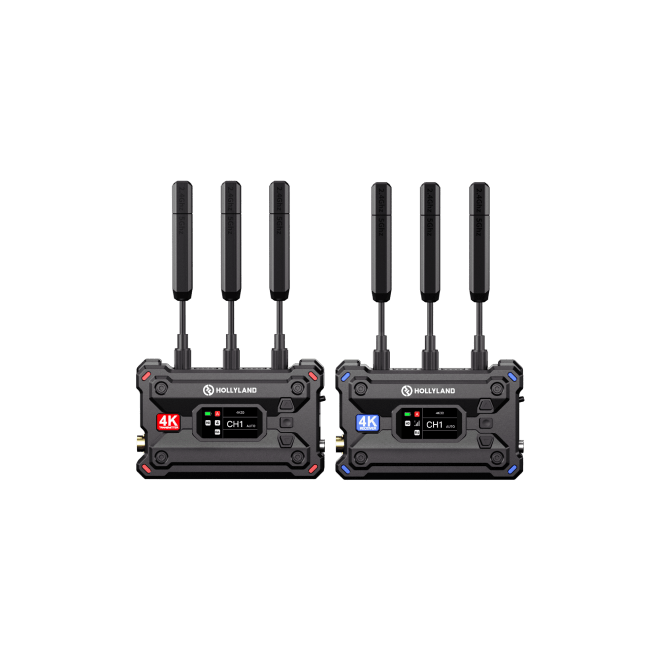
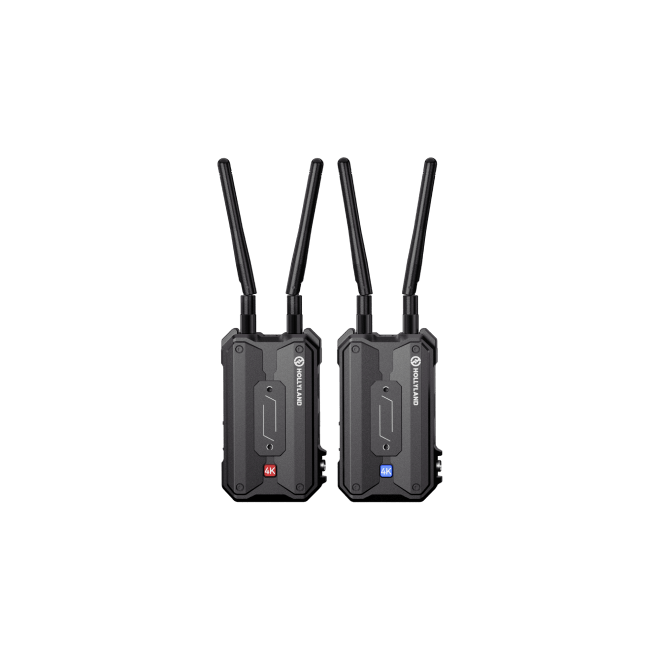
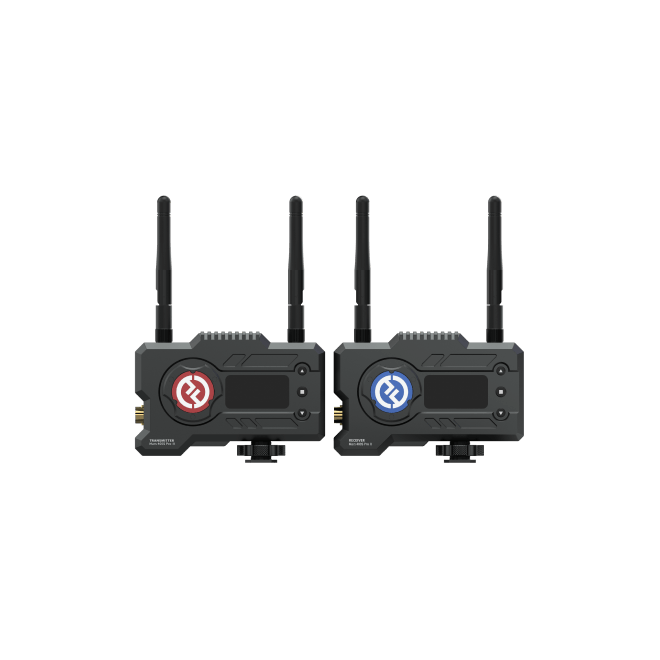
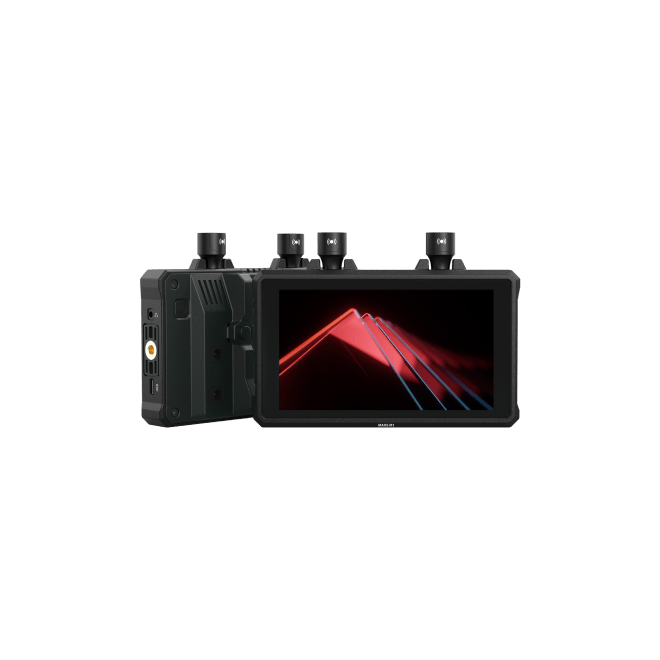
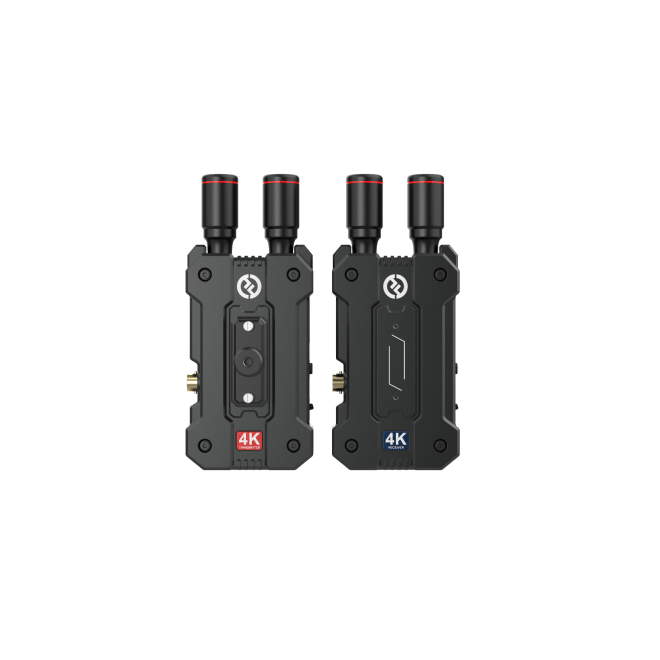
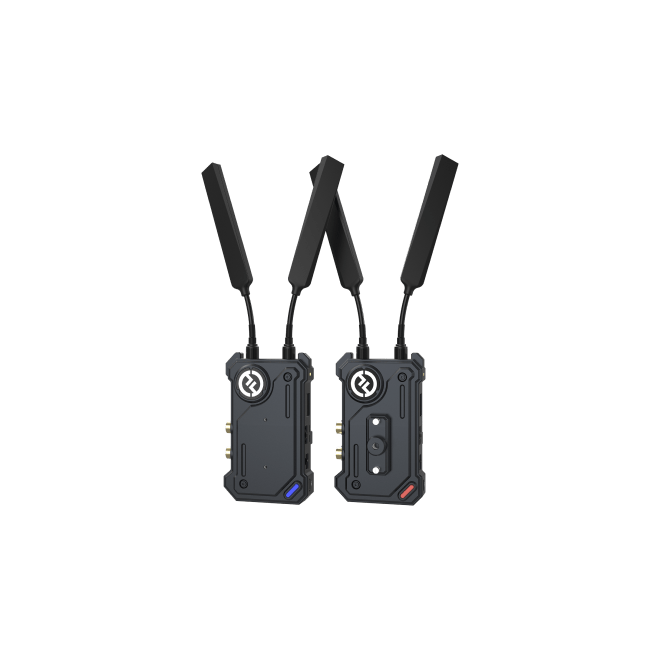
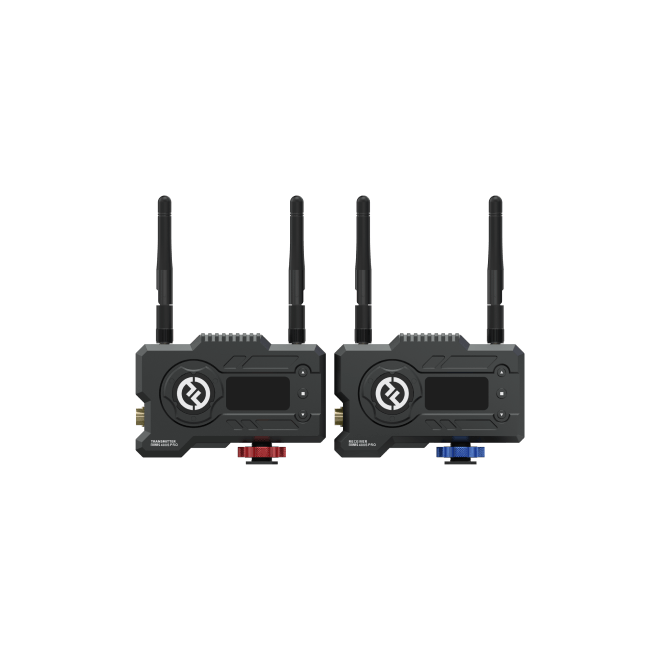
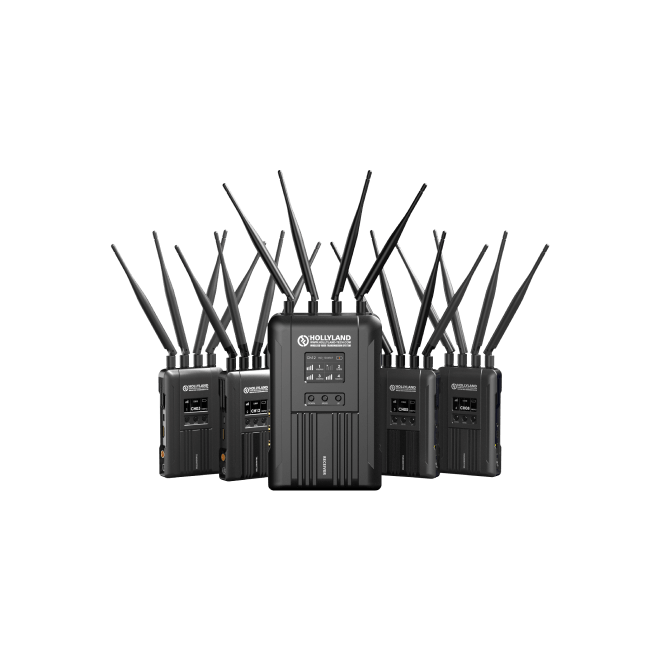
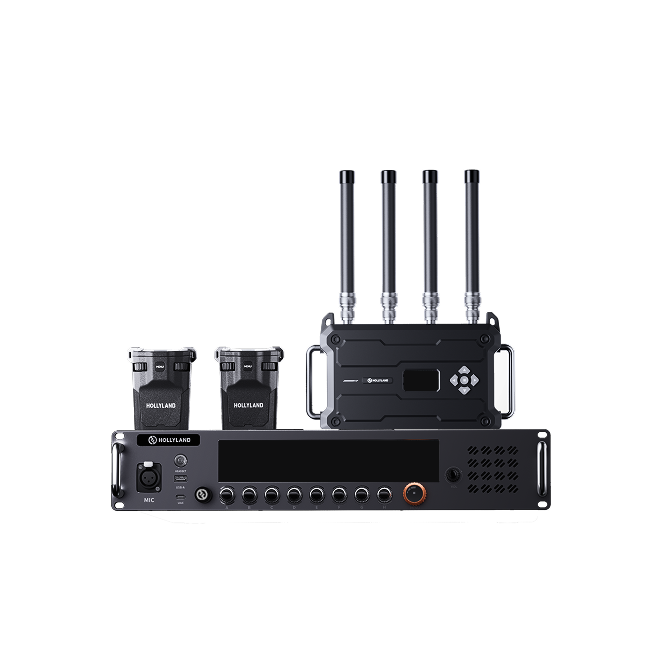

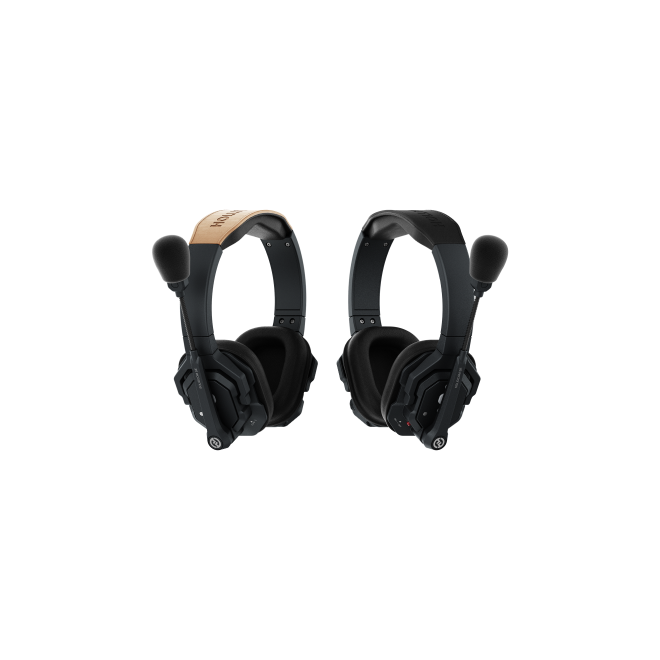

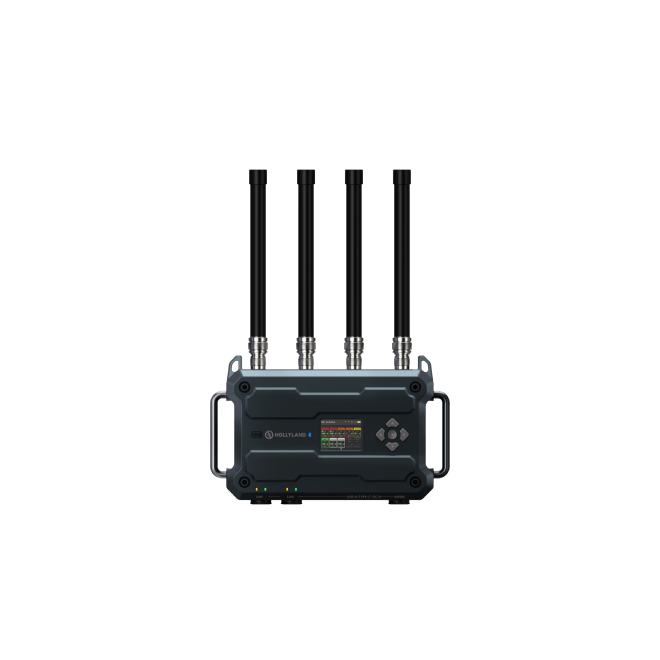
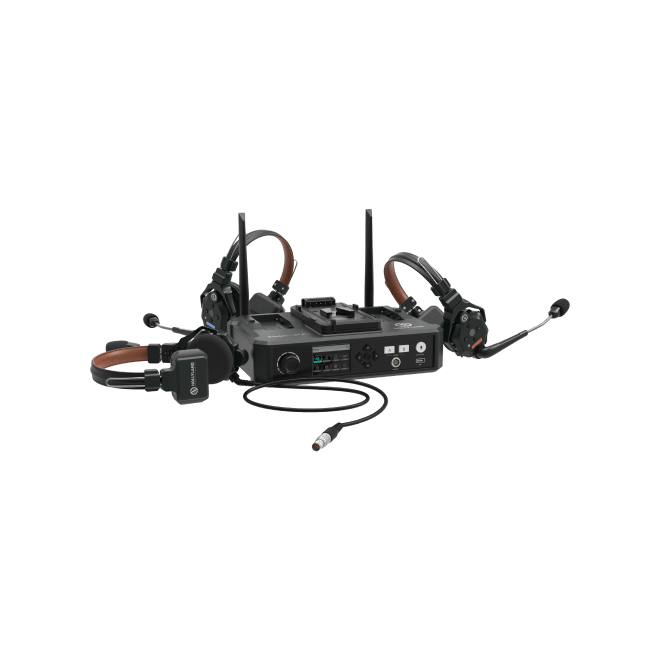
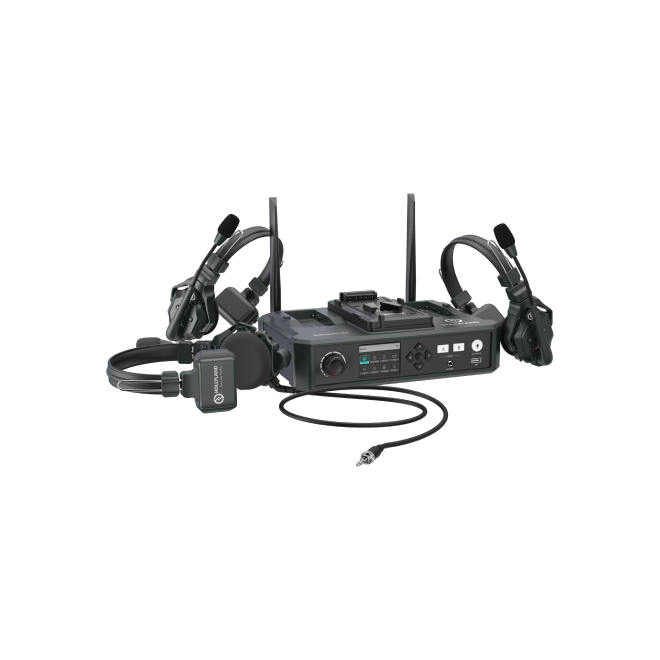

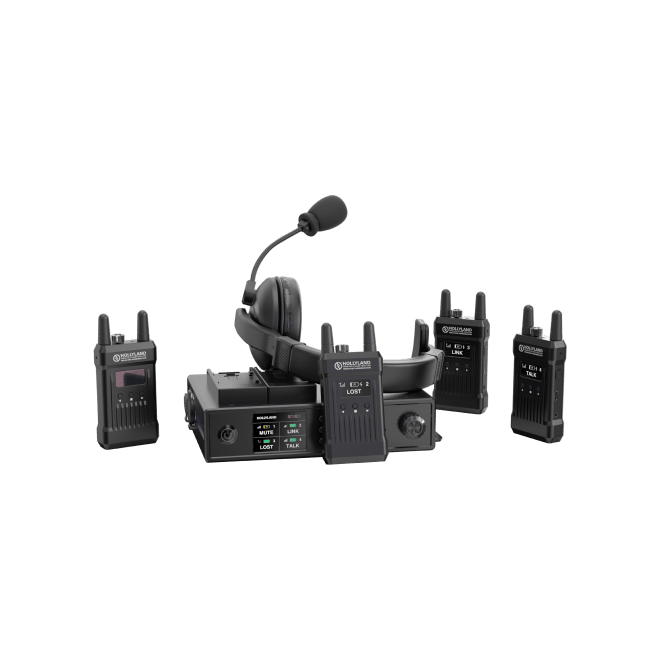

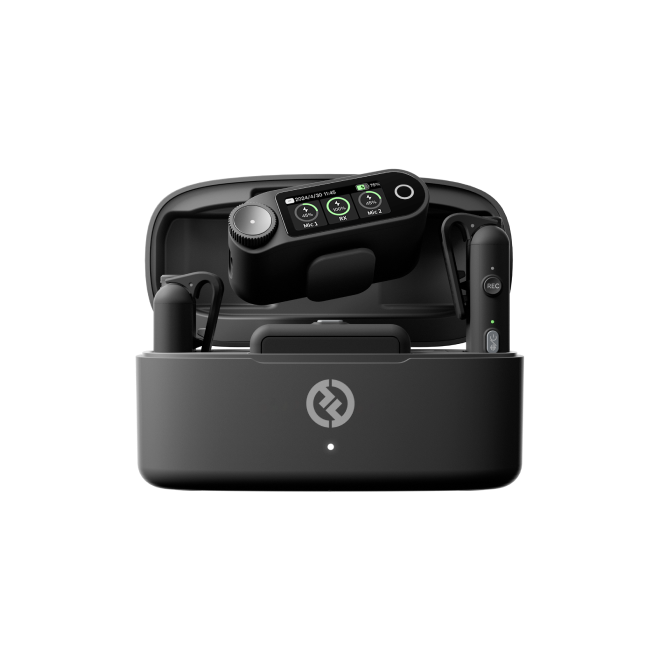
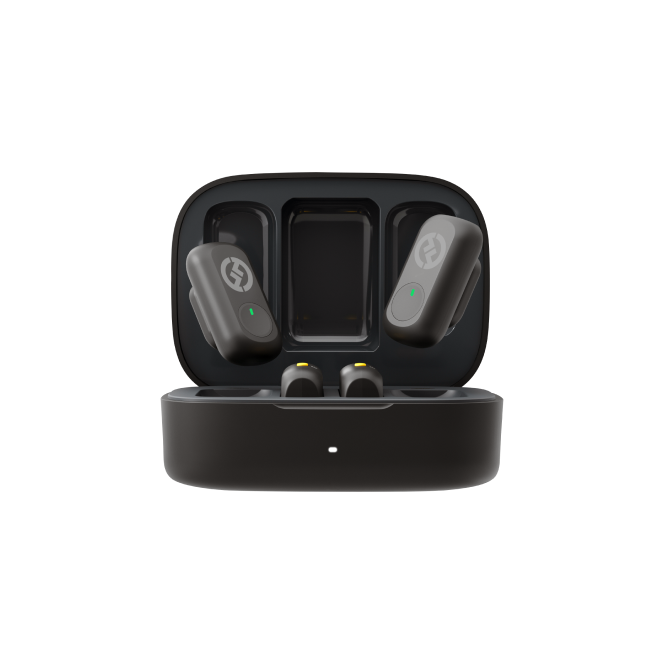

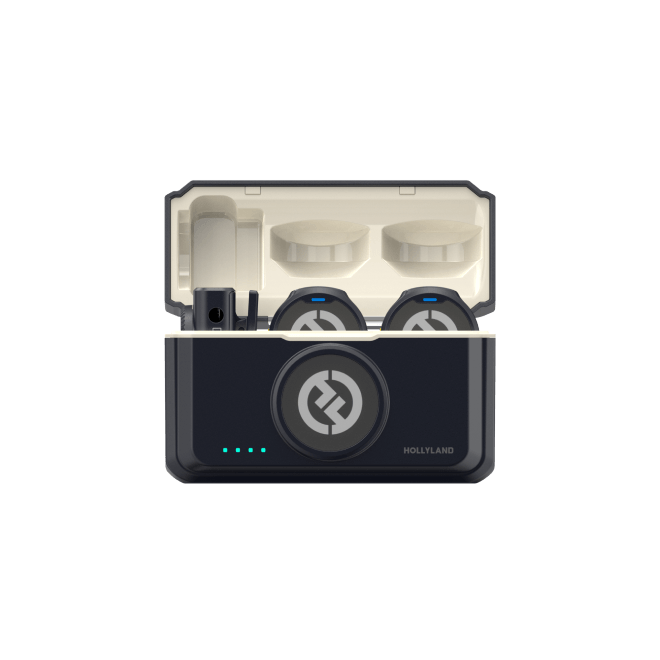
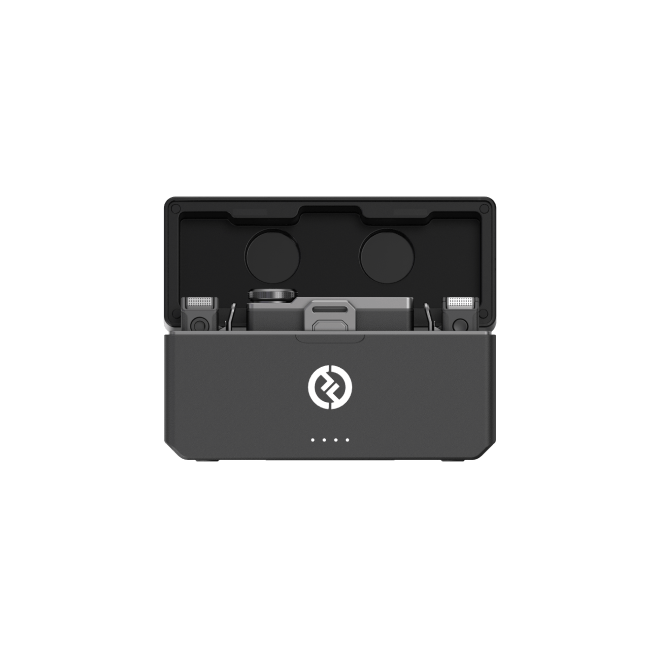
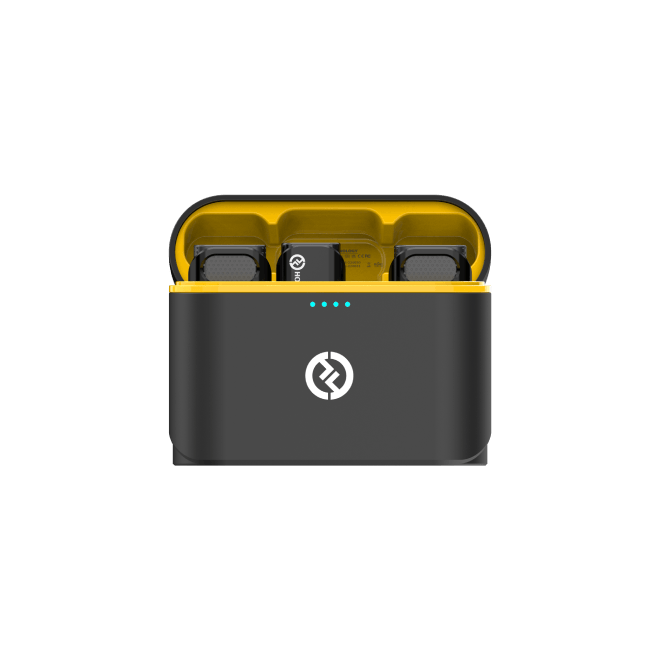
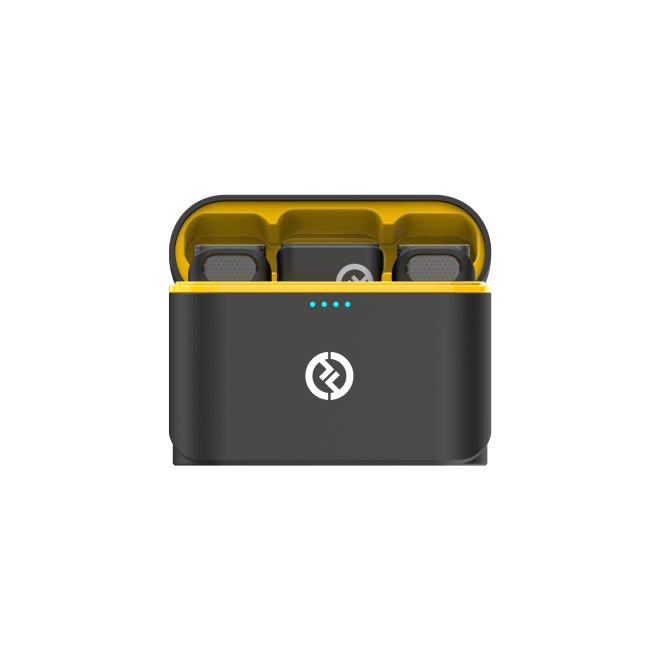
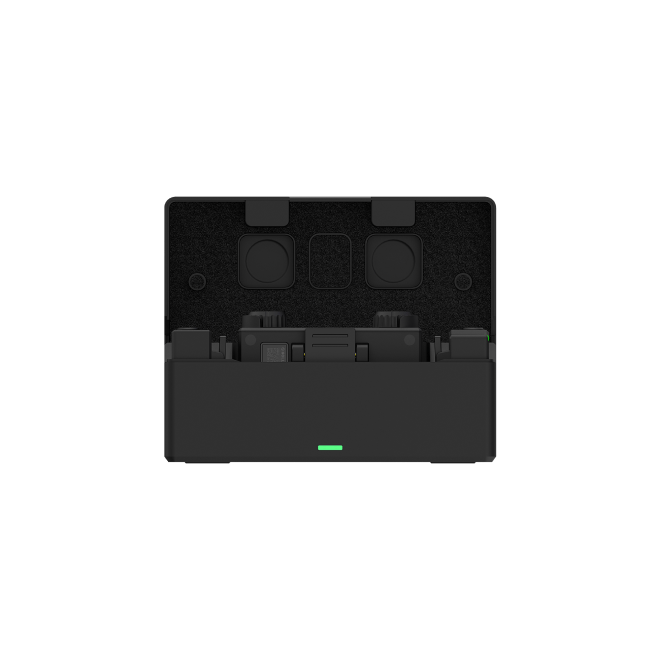

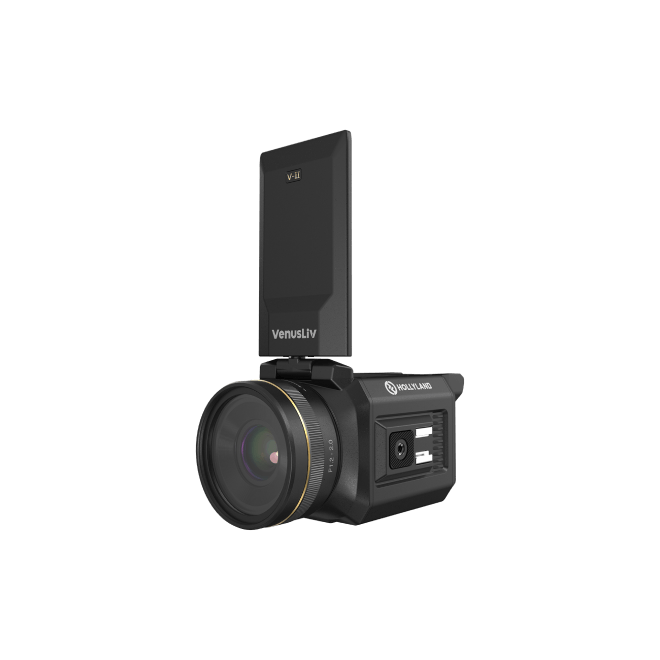
.png)


